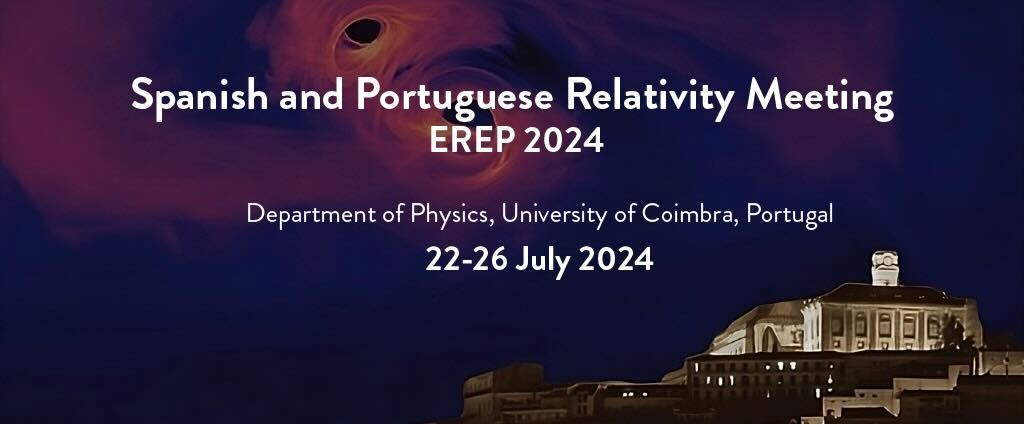Speaker
Description
The recent release of NANOGrav's 15-year data strongly supports the
evidence for the existence of a stochastic gravitational wave background [1]. These waves could have originated by the merging of Supermassive Binary Black Holes (SMBBHs) throughout the history of the Universe. They also have a frequency in a range that could be resonant with the orbital periods in the Solar System and, consequently, we expect them to be absorbed by binary stars and planetary systems. Some authors have proposed to use them as natural detectors [2,3]. We show that the effect on the orbital elements in the Solar System is, however, negligible and they can not be related to any orbital anomalies that could be found in the near future with the present technology. However, future interferometric experiments in space, such as the Large Interferometer Space Antenna (LISA), could allow for a change in this perspective. On the other hand, the effect on LISA
produced by these impinging stochastic gravitational waves can be certainly very small in comparison to the stronger perturbations that could be caused by modified gravity models. As an example, we study the perturbations expected for small changes in the β and γ parameters for Brans-Dicke [4] and f(R) theories [5]. These perturbations alone can be nine orders of magnitude larger than the ones we can expect from the SGW's background absorption.
Consequently, we argue that LISA could not only work as a detector of gravitational waves but it can also be ideally suited for testing modified gravity theories.
Bibliography:
[1] Agazie, G.; Anumarlapudi, A.; Archibald, A.M.; Arzoumanian, Z., et al.: The NANOGrav 15 yr Data Set: Evidence for a Gravitational-wave Background. The Astrophysical Journal 951(1), 8 (2023) arXiv:2306.16213 [astro-ph.HE].
[2] Hui, L., McWilliams, S.T., Yang, I.-S.: Binary systems as resonance detectors for gravitational waves. Phys. Rev. D 87(8), 084009 (2013)
arXiv:1212.2623 [gr-qc].
[3] Blas, D., Jenkins, A.C.: Detecting stochastic gravitational waves with binary resonance. Phys. Rev. D 105(6), 064021 (2022) arXiv:2107.04063 [gr-qc].
[4] Alves, M.F.S., Toniato, J. D., Rodrigues, D. C., Detailed first-order post-Newtonian analysis of massive Brans-Dicke theories: Numerical constraints and the meaning of the β parameter. Phys. Rev. D 109, 044045 (2024) arXiv:2307.11883v2 [gr-qc].
[5] Will, C.M.: The Confrontation between General Relativity and Experiment. Living Rev. Relativity, 17(4) (2014) arXiv:1403.7377v1 [gr-qc].
